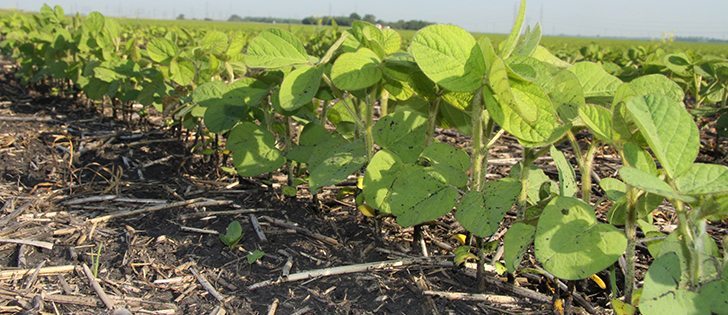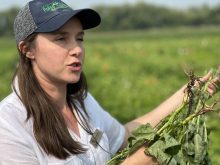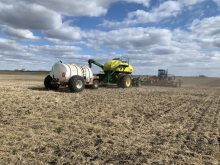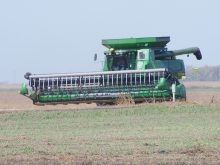The western Prairies could end up arid like Wyoming and Montana by 2050, while the eastern Prairies could become richer farmland like the northern corn belt.
That was a common theme from two weather experts who spoke at the Fields on Wheels conference Oct. 22, which focused on climate change and the grain industry.
“If you look about two (U.S.) states directly south of where you are, that’s what you’re most likely to get,” said University of Winnipeg climate researcher Danny Blair in an interview.
Read Also

Government, industry seek canola tariff resolution
Governments and industry continue to discuss how best to deal with Chinese tariffs on Canadian agricultural products, particularly canola.
However, Blair and CWB’s Bruce Burnett had starkly different tones to their presentations, with Blair seeing mostly grave threats to the viability of prairie farming while Burnett emphasized a generally positive future.
However, even the rosiest climate change scenario doesn’t turn Manitoba or the rest of the Prairies into the super-productive land of the central U.S. Midwest, as some have hoped.
“There is no scenario we are looking at that will create a central Iowa or central Illinois (environment),” said Burnett, CWB’s crop production and conditions expert.
“If you’re trying to buy land thinking that it’s going to become that productive, I don’t think we’re going to be there.”
Burnett made specific predictions under what he considered to be the most likely scenario: the growing season expanding by 15 to 50 days per year from the 1961-90 period.
- Soybean acres will exceed canola acres in Manitoba within five years and have substantial acres in Saskatchewan as the Prairies warm and breeding companies produce new varieties.
- Corn will also expand its acreage, but its vulnerability to dry spells and its cost of production will limit gains.
- Wheat will maintain its acreage because it is a tough, versatile crop ideally suited for the Prairies.
- Barley will struggle to stop declining acreage.
- Canola acres will move north as warmer temperatures push canola production away from the hottest areas, but it will hold its acreage and probably steal acres from barley.
- Pulse crops will expand their acres as the western Prairies become drier and the ability of pulses to handle arid conditions improves.
Burnett said average crop yields will probably increase because of the longer growing season, even if additional heat causes more evaporation and stress.
“Overall, this lengthening of the growing season (plus genetics) is going to overwhelm … the yield drag associated with the increase in temperatures,” said Burnett.
He said climatic instability, with more extremes and volatility, was highly likely, which could be a bigger threat to crops than dryness or excessive heat.
Burnett said the limited growing season, with killing frosts on each side, means that three small windows — seeding, crop reproduction and harvesting — significantly affect prairie crops. Each lasts about two to three weeks on most farms, and the consequences can be disastrous if anything stops seeding or harvest or happens to the crop during reproduction.


















